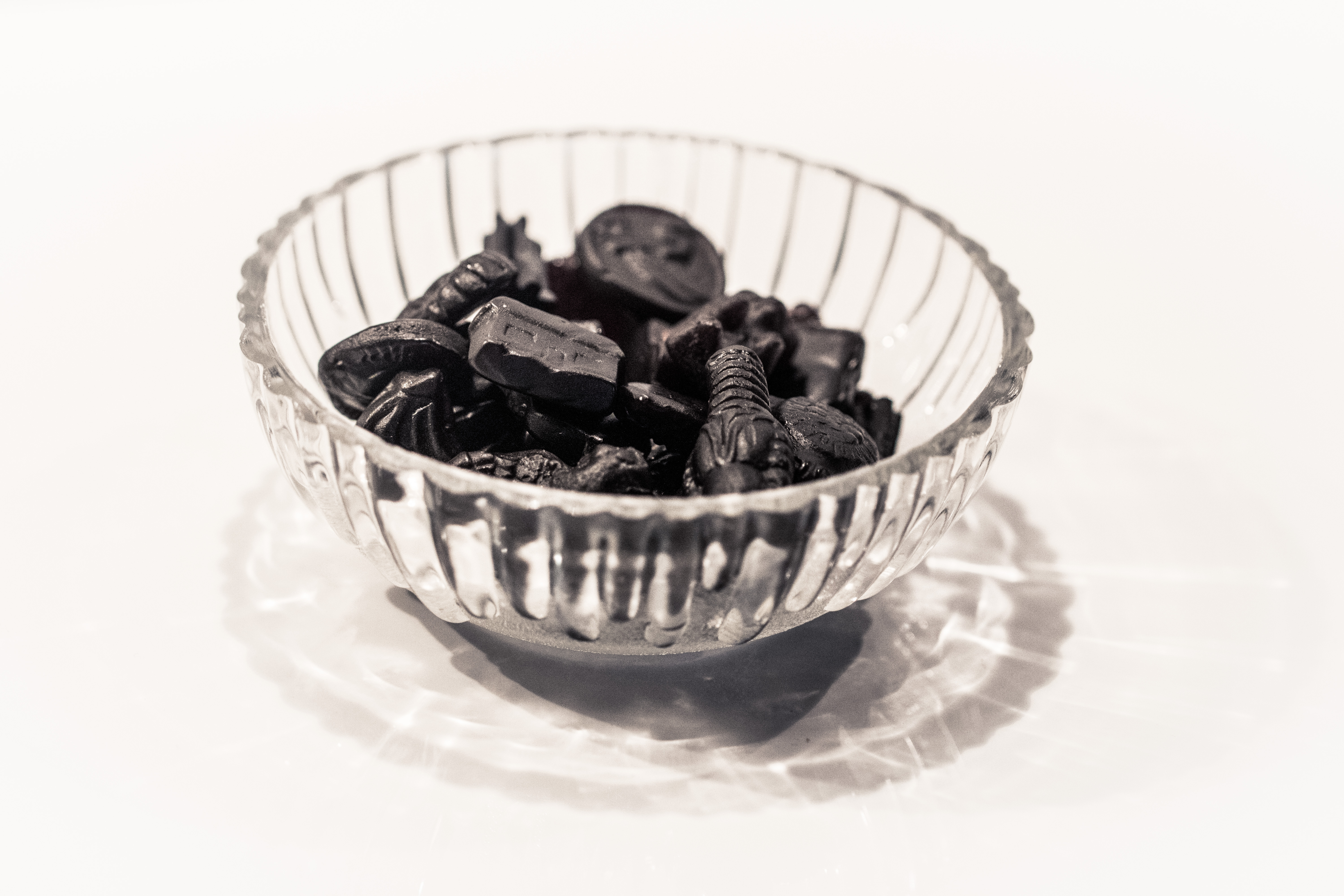Danes have a deep rooted affinity for liquorice, or ‘lakrids’, which for large numbers in other countries is a delicacy they love to hate.
Danish liquorice started as a candy, but today has made its way into cocktails, chocolates, ice creams, gums, cakes, sweet liquorice pipes and even cooking oil.
It’s everywhere in Denmark, but it is the salty and sweet flavour mix that sets Danish liquorice apart from the usual liquorice.
Traditionally, liquorice is derived from the root of the Glycyrrhiza glabra plant. The plant is extremely sweet, and is mixed with ammonium chloride to create the sweet-salty taste we find in Denmark today.
The story goes back to when the roots were used for their medicinal and herbal properties. In Scandinavia, ammonium chloride had the same applications and, at a certain point, somebody mixed these ingredients to create the licorice we know today.
Apart from its unique salty taste, Danes also prefer liquorice given the heat and comfort it provides in the chilly winters.
Salmiakki is the most beloved and traditional form of liquorice, a small black, salted candy, introduced early on in the late 1800s by Danish Galle and Jessen with their Gajol pastilles.
In 2007, Lakrids by Bulow popularised Danish liquorice around the world.
As much as Danes prefer the traditional liquorice, it has also undergone transformations through the years to become a contemporary gourmet delicacy.
Many restaurants use liquorice in marinades, or sauté in liquorice oil, to add depth to meat dishes. In Scandinavian households, it is used as a spice, powder and syrup.
Liquorice cocktails can accompany, while the meal can be rounded off with liquorice ice-creams and sorbets. Liquorice is so integrated in cooking that the liquorice producer Johan Bülow has a section for savory recipes on its website.
The Liquorice Festival also takes place each year in Copenhagen, and attracts an impressive number of attendees.
But the beloved sweet also comes with a health warning: ammonium chloride can lead to decalcifying bones, and it is regulated in Denmark.
Nevertheless, whether enjoyed as classic saltlakrids candy, or in fine dining, liquorice remains one of the idiosyncratic stalwarts of Denmark’s culinary heritage.














